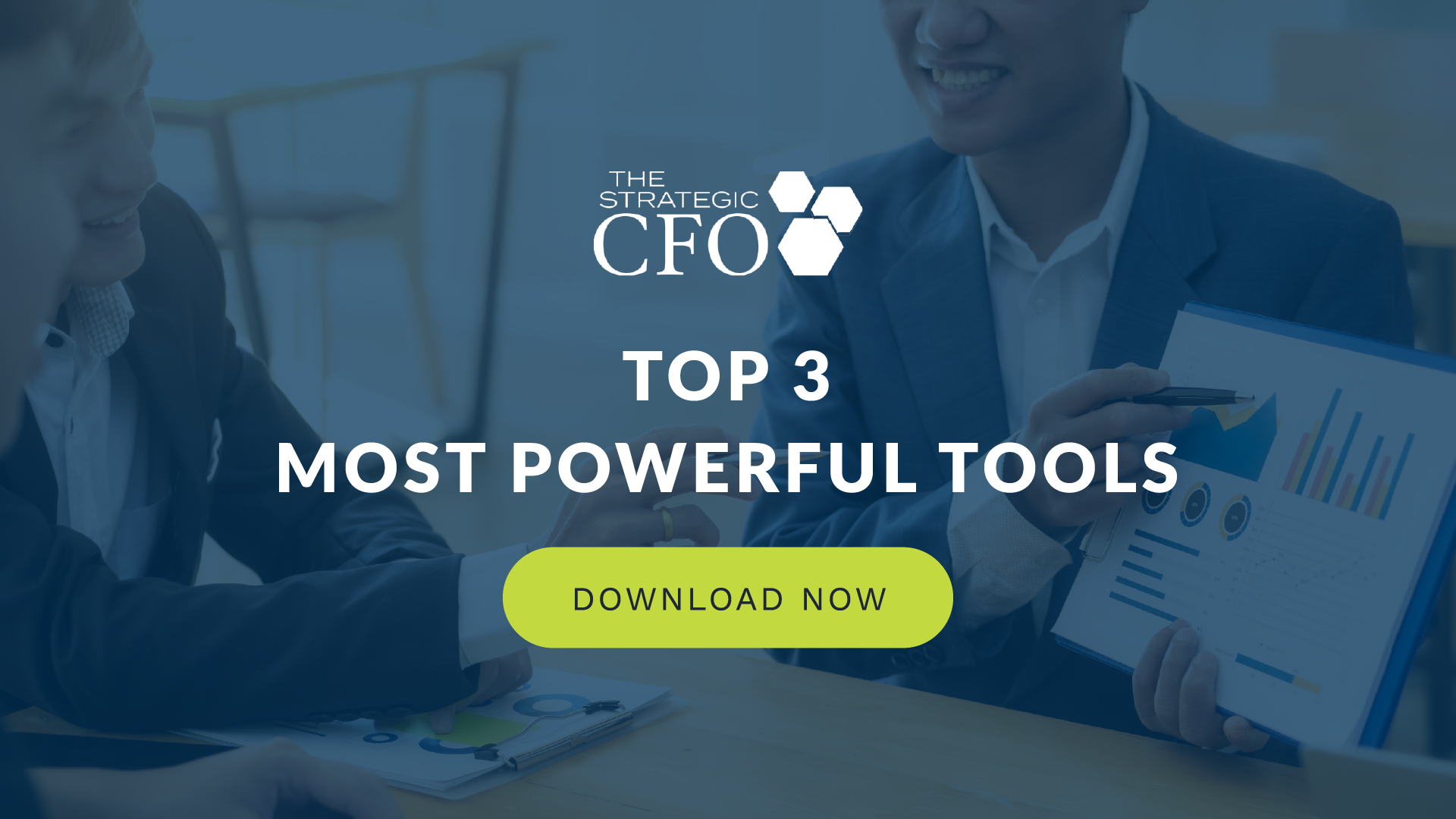The AICPA just released a new financial reporting framework for small businesses. It aims to save small business owners both time and money. According to aicpa.org, the FRF for SMEs (Financial Reporting Framework for Small to Medium Sized Entities) is “a new accounting option for preparing streamlined, relevant financial statements for privately held owner-managed businesses that are not required to use GAAP. The FRF for SMEs framework draws upon a blend of traditional methods of accounting with some accrual income tax methods.”
Financial Reporting Framework for Small Businesses
Examples of how the new framework reduces the complexity and cost of financial reporting for small businesses include the following:
- The use of historical cost rather than the onerous fair value measurement basis
- No requirement for complicated accounting for derivatives, hedging or stock compensation
- Targeted disclosure requirements, providing users of financial statements with the relevant information they need while recognizing that those users can obtain additional information from management if they desire
Definition of SME
So what is the definition of a SME? A standard definition doesn’t exist in the United States. According to the AICPA, “the term is intuitive, widely recognized, and effectively descriptive of the scope of entities for which the FRF for SMEs accounting framework is intended.”
FRF for SMEs Accounting Framework
The task force and staff deliberately did not develop quantified size criteria for determining what is a small-and medium-sized entity. They decided that developing quantified size tests is not feasible. It is also not an effective way of describing the kinds of entities the framework is intended for. Rather, the AICPA has developed a list of characteristics of SMEs to guide companies in determining whether to adopt the new framework.
Excerpt of FRF for SMEs Report
Here is the list excerpted from the FRF for SMEs report:
- The entity does not have regulatory reporting requirements that essentially require it to use GAAP-based financial statements.
- A majority of the owners and management of the entity have no intention of going public.
- The entity is for-profit.
- The entity may be managed by the owner; owner-managed is a closely held company where the people who own a controlling ownership interest in the entity are substantially the same set of people who run the company.
- Management and owners of the entity rely on a set of financial statements to confirm their assessments of performance, cash flows, and of what they own and what they owe. vii FRF-SME
- The entity does not operate in an industry where the entity is involved in transactions that require highly-specialized accounting guidance, such as financial institutions and governmental entities.
- The entity does not engage in overly complicated transactions.
- Key users of the entity’s financial statements have direct access to the entity’s management.
- The entity does not have significant foreign operations.
- Users of the entity’s financial statements may have greater interest in cash flows, liquidity, statement of financial position strength, and interest coverage.
- The entity’s financial statements support applications for bank financing when the banker does not base a lending decision solely on the financial statements but also on available collateral or other evaluation mechanisms not directly related to the financial statements.
Conclusion
Since the use of the framework is optional, there is no effective date. So, businesses can use the framework immediately.
While the framework should simplify the financial reporting process for small businesses, only time will determine the ripple effect. How will this affect the learning curve for CFOs changing jobs between companies reporting under different frameworks? Furthermore, will lenders accept financial statements prepared under the new framework? How will CPA firms deal with the cost of educating staff on the auditing standards for the new framework?
Here’s a link to the full FRF for SMEs report.
Download our three most powerful tools to take your business to the next level.
[box]Strategic CFO Lab Member Extra
Access your Strategic Pricing Model Execution Plan in SCFO Lab. The step-by-step plan to set your prices to maximize profits.
Click here to access your Execution Plan. Not a Lab Member?
Click here to learn more about SCFO Labs[/box]













